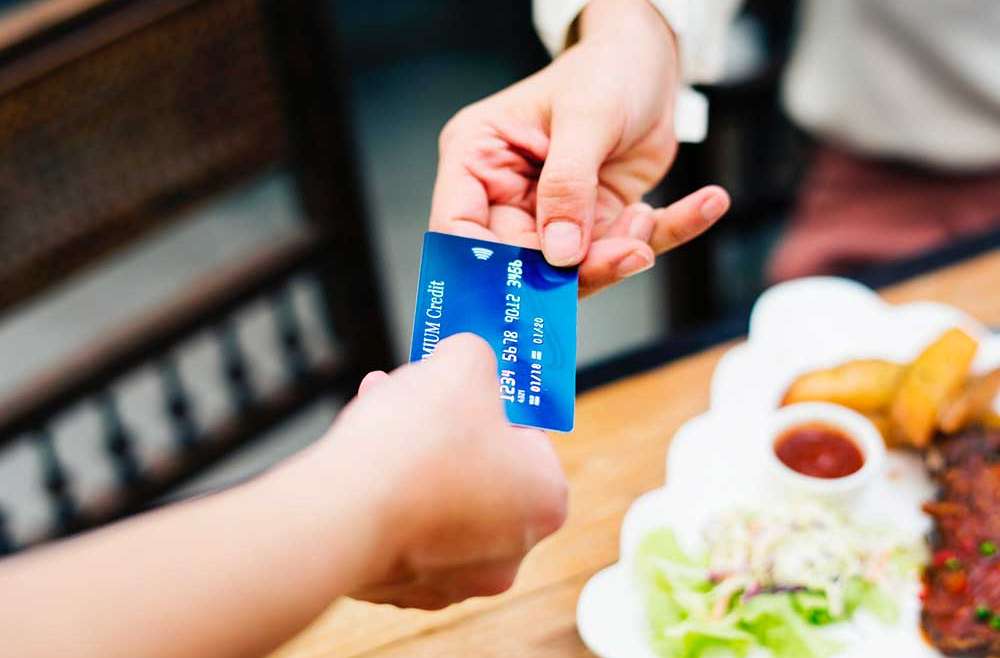Almost all outlets need a payment terminal. It can come in different forms.
The payment terminal is an accessory that makes it easier to accept all credit card payments. Some TPEs (Electronic Payment Terminal) are fixed and others are mobile.
In this article, we will simply introduce you to how such a device works. You will discover the path of money when the TPE is used.
The money route on the Electronic Payment Terminal
Like any trader, you will pay yourself with money. What path will follow this means of payment?
- Cashing in,
- A request for authorisation from the bank,
- Keep the transaction,
- Collect all the information,
- End of the journey and result of payment.
Let's take a closer look at each of these actions.
Cashing in
When the customer decides to pay by credit card, you will take out your electronic payment terminal. You enter the amount to be paid. After that, the customer has a choice. In 2019, there are more ways to pay by credit card to combat fraud.
- The customer can pay in a classic way,by putting his card in the payment terminal. He'll have to enter his code later.
- The customer can pay, small amounts, by contactless card. He just has to affix his card to the TPE (if it is compatible) and the transaction is done.
- The customer can pay with his smartphone or his smartwatch. This is the case with Apple Pay or Google Pay. With NFC technology, the user just has to put his watch on the electronic payment terminal, and that's it. It's completely secure.
- With the right software, you can accept payments with American Express, an American credit card. Very convenient if you have an American audience and audience.
- Finally, you can, always by having the right software in your TPE, authorize payment in several times,accept installments for rental services, etc.
These are not payment steps specific to TPEs, they also exist on conventional versions.
Permissions
When the customer uses a card payment method, there may be authorizations, for several reasons:
- For security,if your bank sees a payment greater than the basic amount, it will question the other bank to limit unpaid bills.
- With a foreign card, it is to ensure that the customer owns the funds. It's a systematic request.
- From time to time, depending on the number of customers and payment, there may be requests for authorizations that are put in place.
These authorizations are a good thing: they protect you from fraud.
Keeping payments
Throughout the day, there may be multiple payments. In this case, the TPE will store them and wait for the telecollection phase.
Telecollection
This is the time you have decided, once a day, a week, or the desired frequency, when you will authorize payment checks.
It is a very simplistic view of telecollection that turns out to be more complex.
End of the course
The end of the route passes through the monetic bridge. It is a guarantee of security that ensures that the money collected will arrive on the right bank accounts through various servers.
The operation of an electronic payment terminal outlined above is, in part, the journey of money. This is very simplistic and allows you to understand the main stages of the journey from the payment by credit card on a TPE. Once the payment is accepted, the TPE allows you to manage the sending of a receipt in peace.









